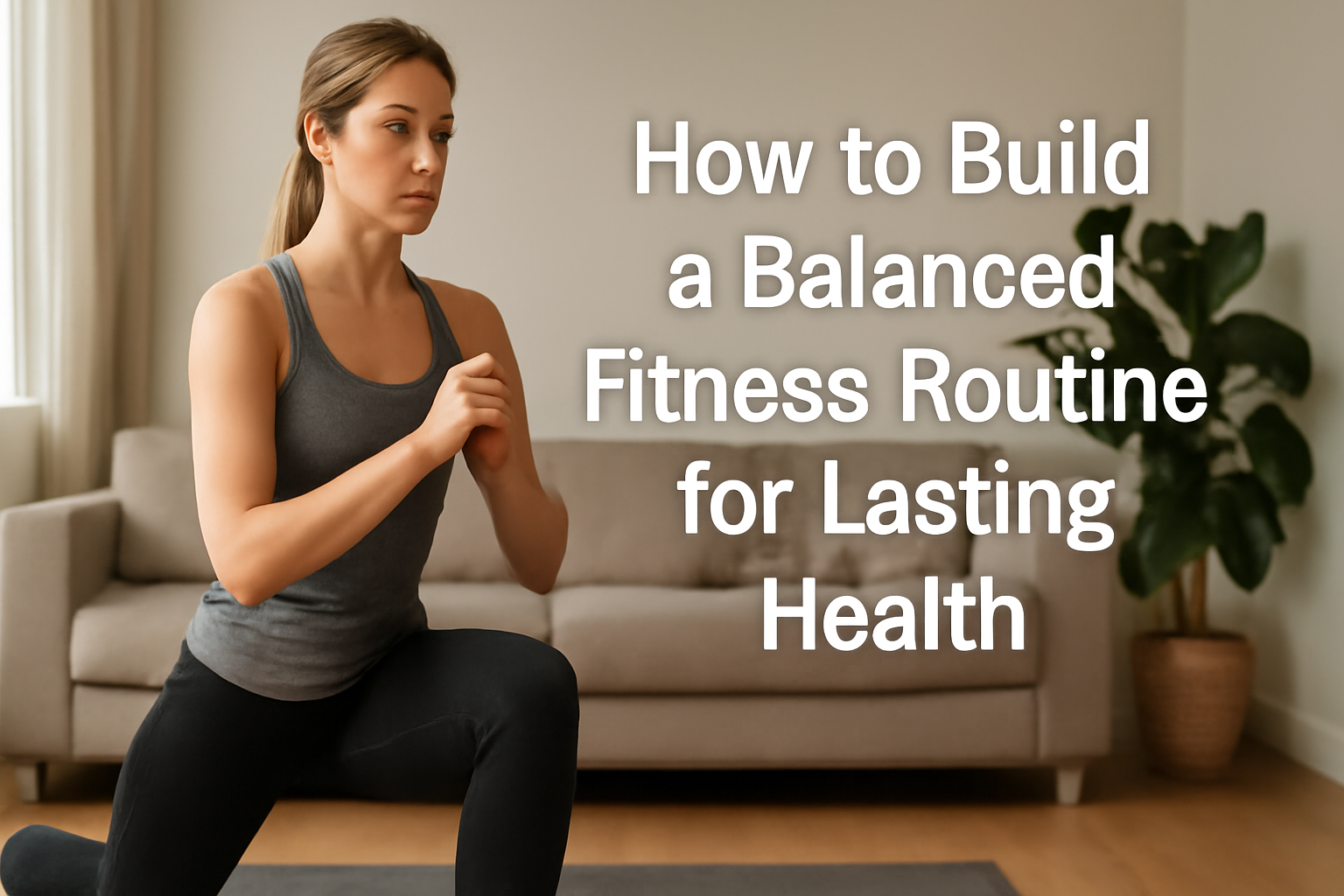Creating a fitness routine that fits your lifestyle and goals is crucial for achieving lasting health benefits. A balanced routine includes a mix of cardiovascular exercises, strength training, flexibility work, and recovery, all tailored to your individual needs. This article will guide you through the steps to design a fitness plan that promotes physical health and emotional well-being.
Understanding the Components of Fitness
Before building your routine, it’s important to know the key fitness components:
- Cardiovascular Endurance: Activities that increase your heart rate, such as running, swimming, or cycling, improve heart and lung function.
- Strength Training: Exercises like weightlifting or bodyweight movements build muscle strength and support metabolism.
- Flexibility: Stretching and mobility exercises enhance the range of motion and prevent injury.
- Recovery: Rest days and active recovery allow your body to heal and adapt to workouts.
Assess Your Current Fitness Level and Goals
Start by evaluating your current fitness status and what you want to achieve. Whether your goal is weight loss, muscle gain, improved endurance, or stress relief, understanding this helps tailor your routine effectively.
Create a Weekly Plan with Variety
Balance is key to prevent boredom and overtraining. For example:
- 3 days of cardiovascular exercise (e.g., brisk walking, cycling)
- 2 days of strength training (e.g., resistance bands, free weights)
- 2 days of flexibility and mobility work (e.g., yoga, stretching)
- 1 to 2 rest or active recovery days
Adjust days based on your schedule and energy levels.
Warm-Up and Cool-Down Are Essential
Begin each session with a 5-10 minute warm-up to prepare your body and reduce injury risk. End with a cool-down to lower your heart rate gradually and promote flexibility.
Track Progress and Adjust
Keep a fitness journal or use apps to log your workouts, noting improvements and challenges. Regularly review and adjust your routine to maintain progress and stay motivated.
Incorporate Mental Well-being
Include mindfulness practices such as meditation or breathing exercises after workouts to enhance emotional balance and stress management.
Stay Consistent and Patient
Results take time; consistency beats intensity. Focus on building habits that are sustainable rather than extreme workouts you can’t maintain.
The Reward of a Well-Rounded Fitness Routine
A balanced fitness routine supports your physical health while also boosting mood, energy, and emotional resilience. By designing a plan that fits your lifestyle, you create a foundation for long-term wellness and happiness.

